
Picasso’s bulls on show in Martigny

The latest exhibition at the Gianadda Foundation in Martigny, starting Friday, focuses on Picasso and one of his favourite themes, bulls.
The town of Martigny in canton Valais has long been associated with the cult of an Asian god, the bull Mithra, brought to Europe by the Roman army and its foreign mercenaries. A temple was recently discovered in the town by archaeologists.
The cult was even a threat to Christianity at one time, its strength flowing from a long cultural tradition. The sacrifice of bulls, bullfighting and prehistoric cave paintings are considered proof of this ingrained tradition.
Picasso’s work throughout his career drew on this tradition. The artist was clearly influenced by his Spanish origins, but he was also an admirer of bullfighting throughout his life.
Picasso never stopped painting and sculpting bulls and minotaurs, the half-men, half-beasts of Greek mythology. His depictions of the animal were never the same though, representing monsters or human-like characters, destroyers or protectors.
Picasso’s work also linked the bull-god figure to Christianity. In the artist’s mind, the bull cult and the Crucifixion are entwined.
The Martigny exhibition presents over 100 paintings, sculptures, ceramics and engravings by the artist, some of them loaned by the Picasso Museum in Paris. They are displayed in parallel with Eastern and Greco-Roman antiquities and prehistoric works of art from a variety of international institutions.
The Gianadda exhibition, which runs until November 4, is one of three Picasso shows in Switzerland this summer. The Jenisch museum in Vevey is presenting a series of wood engravings by the artist, while an exhibition at the fine arts museum in Bern will feature works from Swiss public and private collections.
swissinfo with agencies

In compliance with the JTI standards
More: SWI swissinfo.ch certified by the Journalism Trust Initiative

















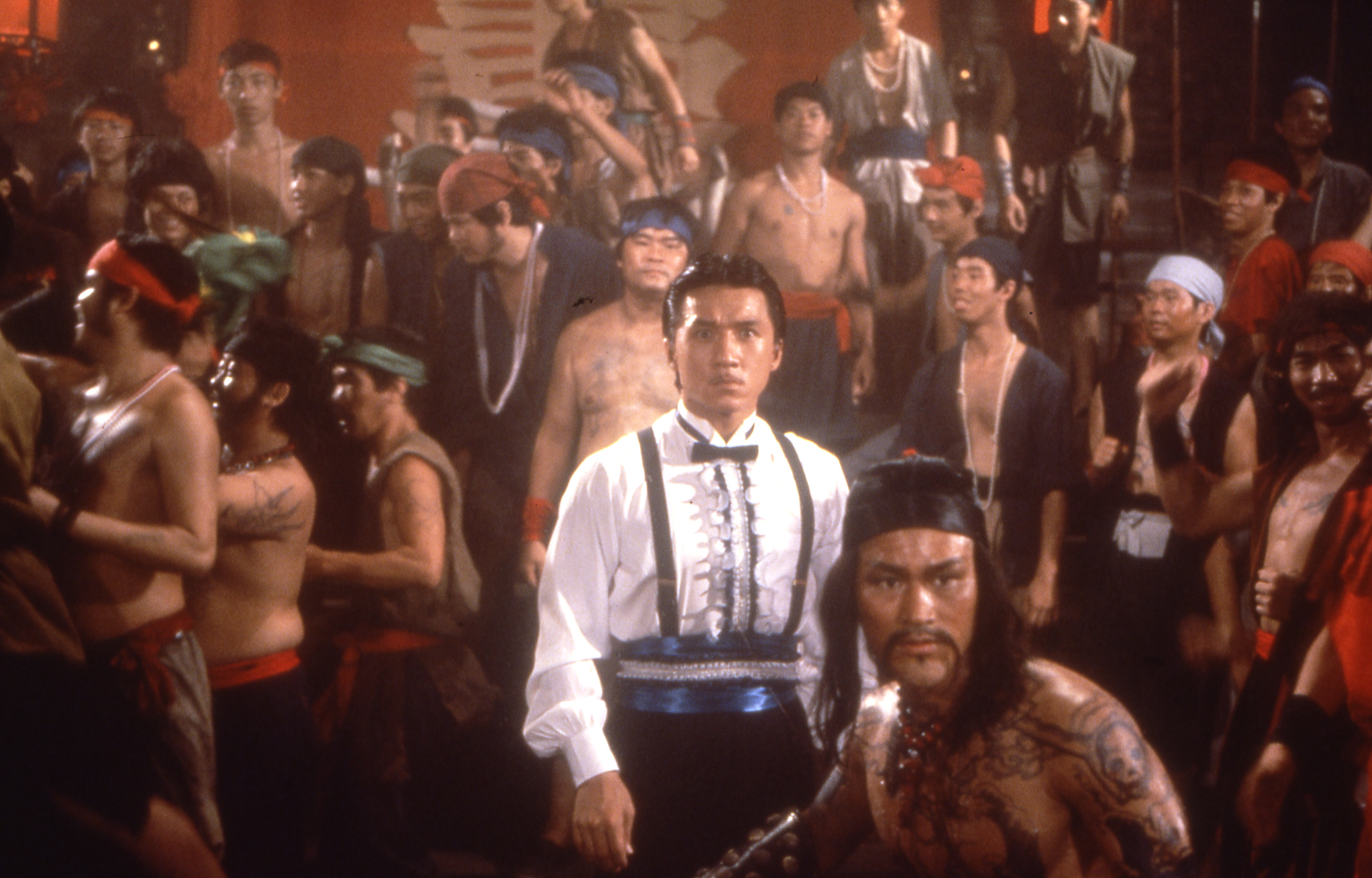

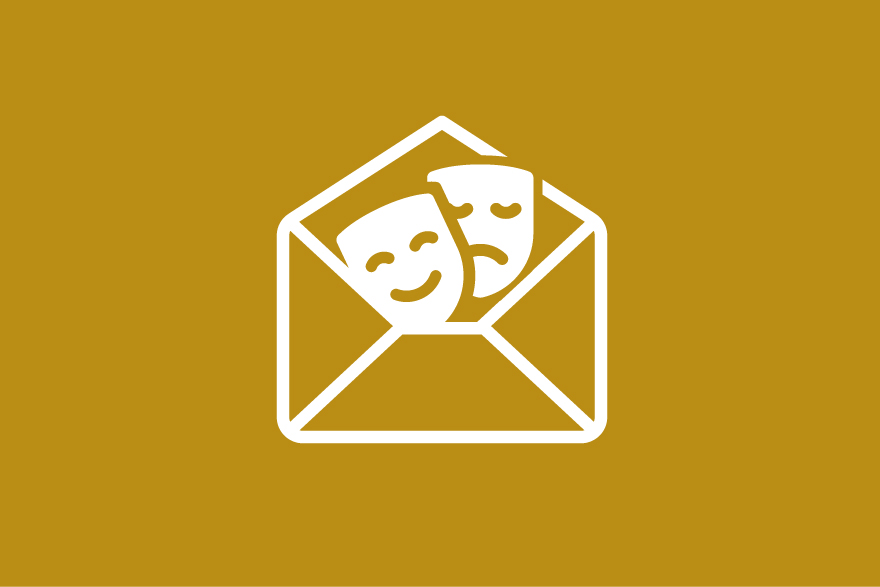




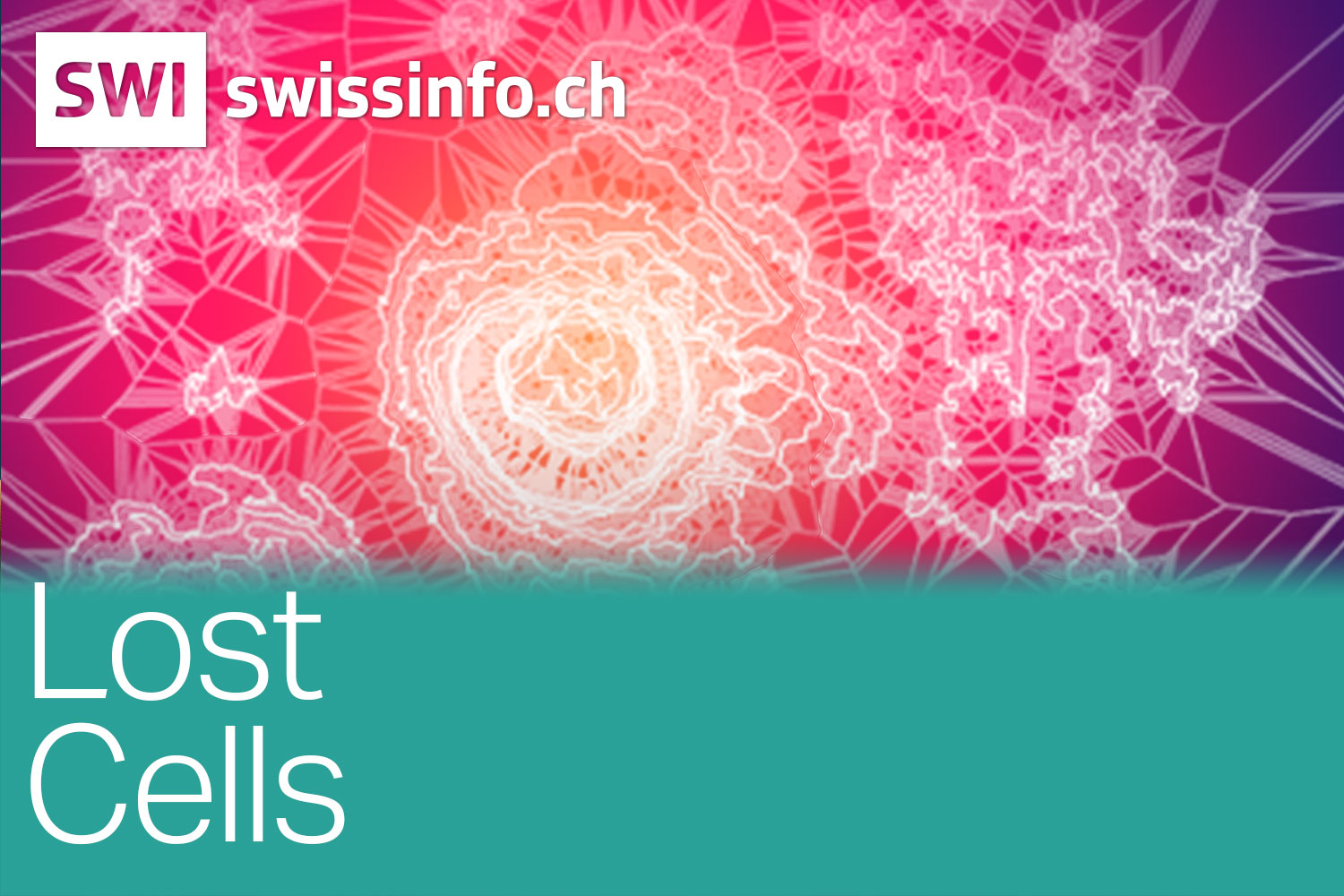


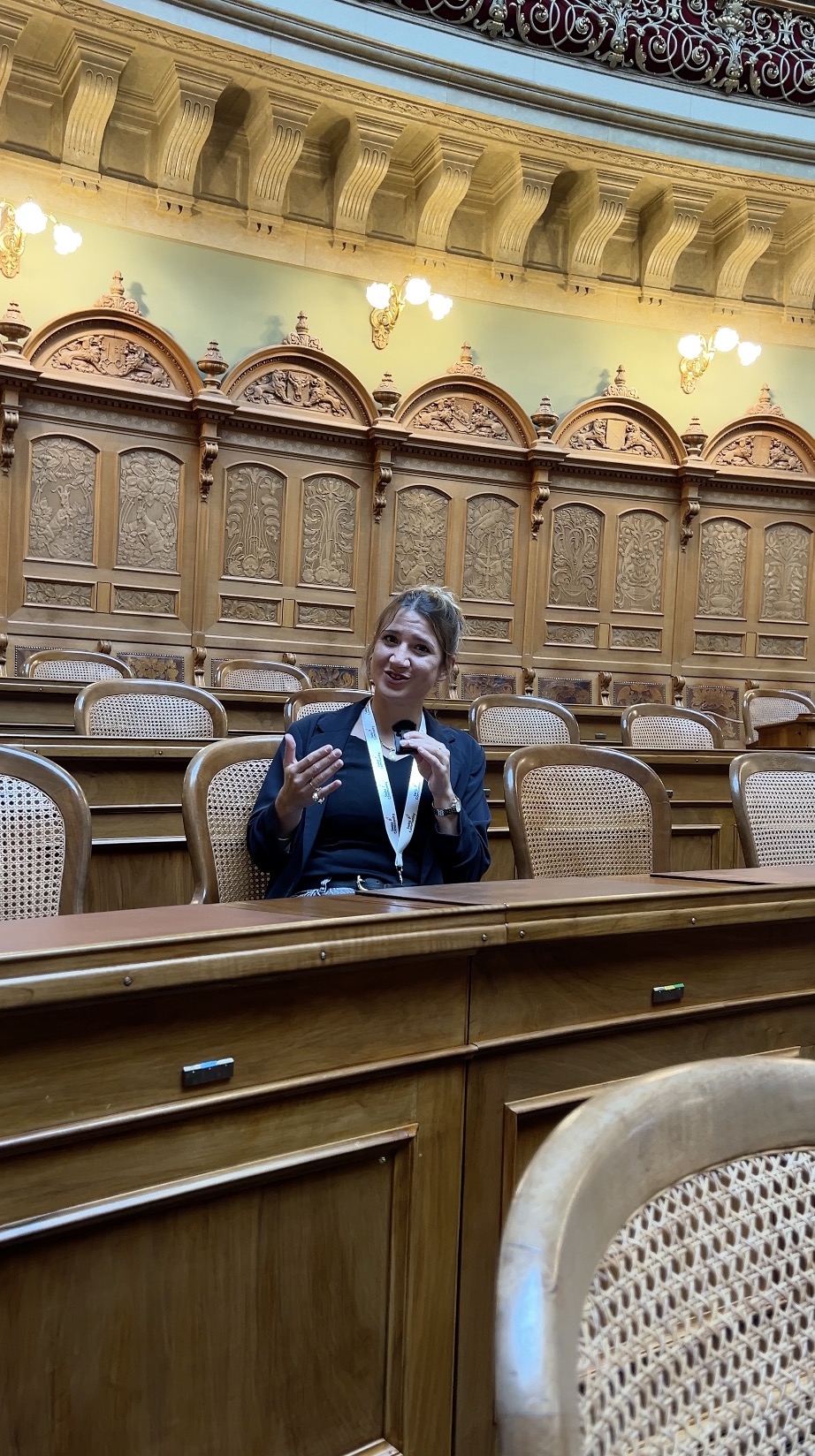



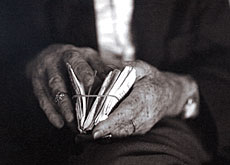



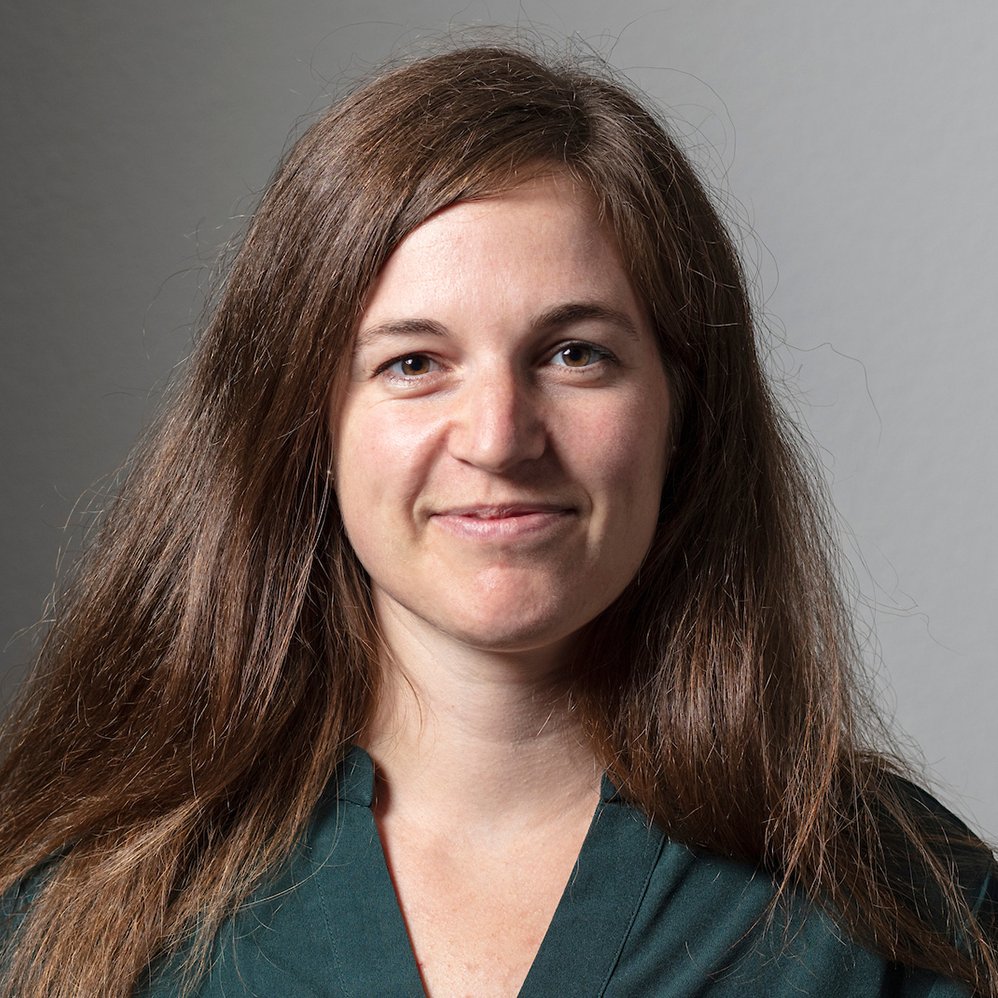

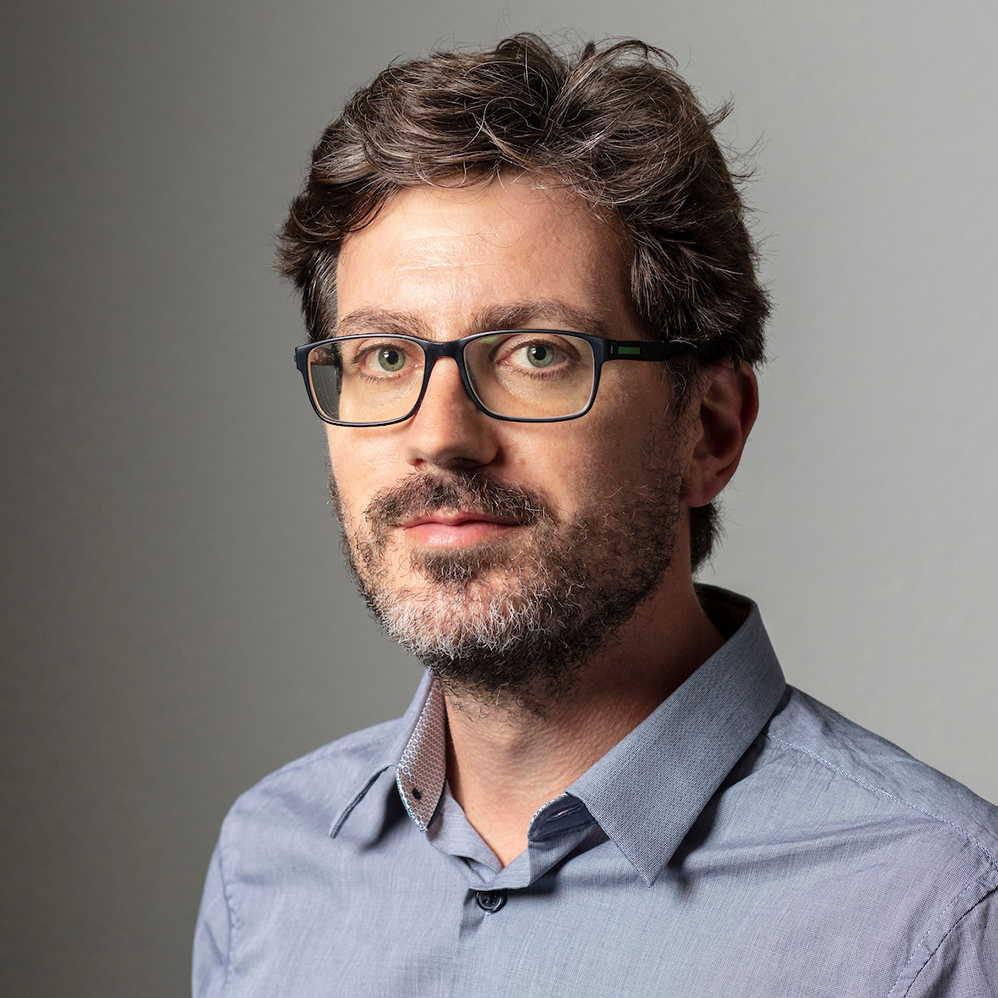
You can find an overview of ongoing debates with our journalists here . Please join us!
If you want to start a conversation about a topic raised in this article or want to report factual errors, email us at english@swissinfo.ch.